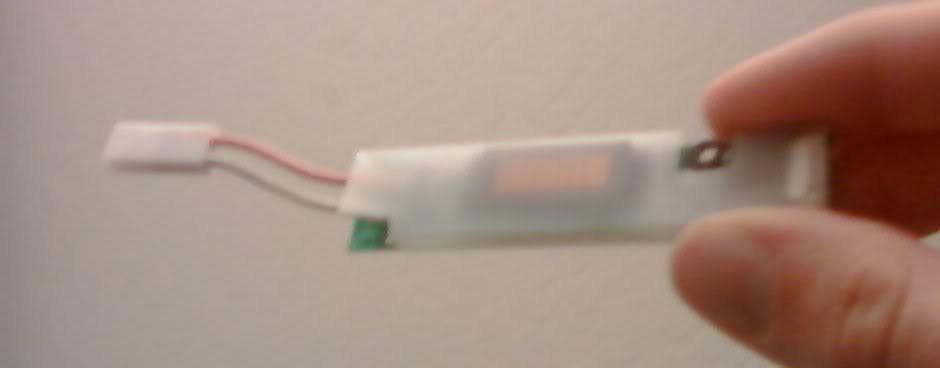First I just turned the computer on just to see the problem for myself. It booted up just fine and I waited for it to go blank. Nothing. I started using the computer and it seemed to function just fine. Then, about five minutes later, it hit. The screen seemed to just turn off. At that point I realized it was a hardware problem - slightly more difficult for me. I took a second look at the screen and realized there was a faint shadow of the desktop. The computer was still functioning, and you could make out shadows of what you were doing on it. This indicated that something was wrong with the backlight of the LCD.
I looked around a bit on Google for a solution to the problem. I found that most likely the LCD inverter was broken. My first thought was along the lines of "a what?". I knew basically how CRT monitors worked, but not so much about LCDs. So of course, I did some curiosity research. LCDs apply filters to light passed through them to create color on the screen, but all that is behind the screen is some light source. In the case of laptop LCDs, it is an electroluminescent panel (ELP). The only problem with using ELPs is that they require high voltage AC power. Enter the inverter, which serves the purpose of converting the laptop's DC power to AC for the ELP.

The actual replacement of the part was pretty easy. Just unscrewed the bezel (frame around the screen) and removed it with a guitar pick. The inverter was located at the bottom, right under the screen itself. First, I checked to make sure the connection wasn't loose, and once I was sure of that I went out and got the part. It was only connected in two places, so it wasn't hard to install the new one. Then just screwed on the bezel again and viola, we had a working monitor again.